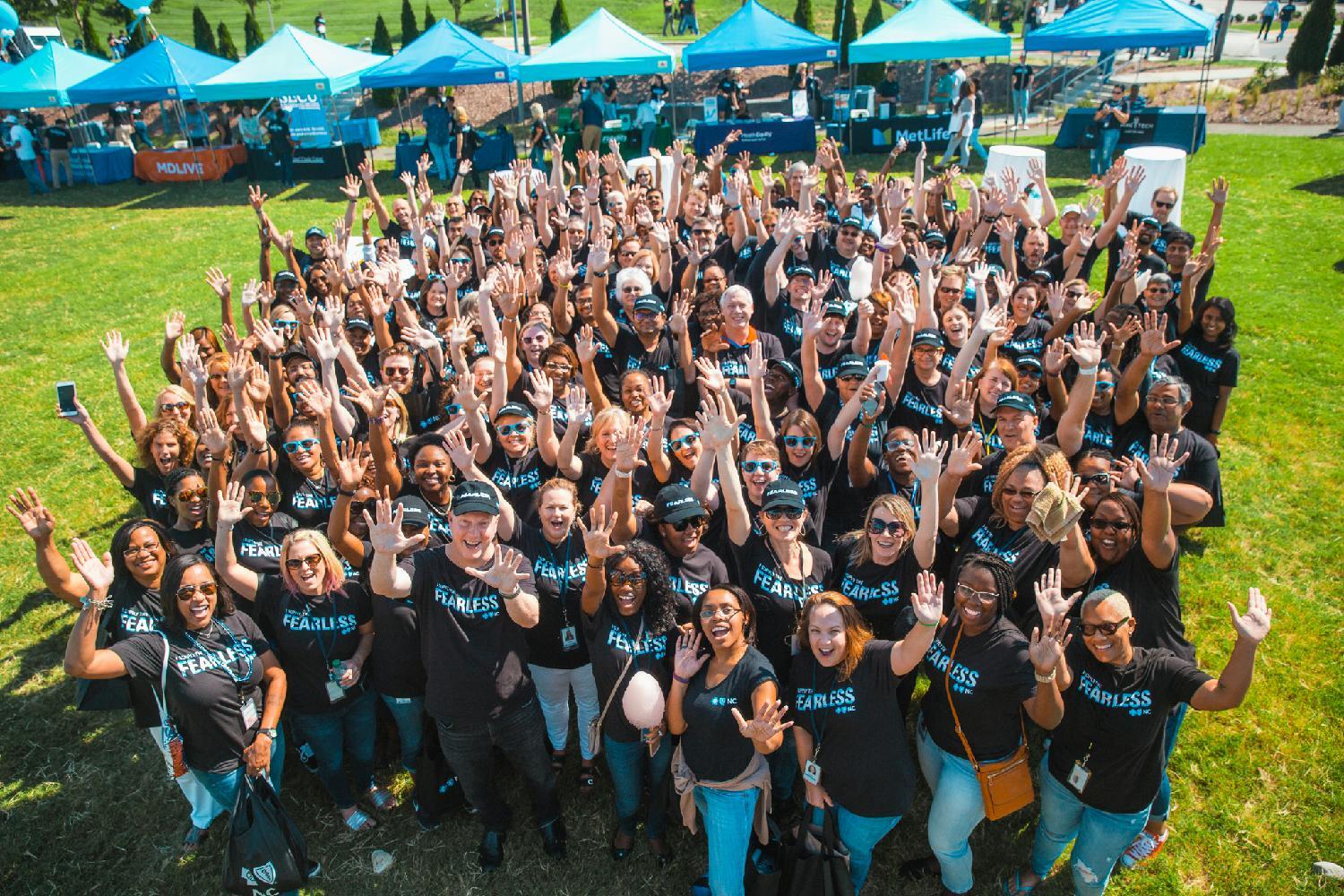Employee Experience, Employee Surveys, Post-survey
For many companies, asking employees to complete a survey is the easy part. Reporting out on employee survey results and taking action based on the feedback is more difficult.
To help, we want to share some commonalities of approach and advice based on our 30 years of experience helping companies survey and improve their workplace culture.
Share survey results companywide and at a department level
The most common way to roll out employee survey results is a cascade approach, which balances executive communication with select access to data by department managers.
After reviewing and analyzing their department results, managers are expected to openly discuss the feedback and trends with their teams and then finalize department-level action plans, which can be sent to higher-level leadership or tracked by HR.
It is typical for the CEO to communicate organization-wide survey results within a month of receiving the survey results. Leaders should communicate broadly, often through multiple channels.
You might consider town-hall-type meetings, videos, newsletters or email messages. The communication rollout is often followed up by an organization-wide action plan to focus on a limited number of areas, with participation from at least one executive sponsor.
How detailed should you get when sharing your employee survey results?
Practices vary as to the extent of the information shared, with some organizations sharing only high-level results with all employees, and others sharing all data, including verbatim employee comments. Organizational readiness for transparent sharing of results varies.
Our recommendation is to carefully assess readiness (measured by trust and lack of fear around anonymity and process) prior to sending out verbatim comments – while pushing for a high degree of transparency in the results, the definition of which will vary from organization to organization and over time.
4 key areas to address when sharing survey results
As the results of your employee survey are shared with the various audiences, we recommend you address the following four areas in your discussions. How seriously leaders take the process and how they internalize the feedback and address it with their team sends a clear message about your company’s commitment to developing a great workplace for all.
Survey process
- Explain why the survey is important
- Affirm that you’d like to hear everyone’s candid feedback
- Summarize how the survey was conducted
- Inform employees of the survey response rate
Interpret results
- Let people know what you learned from the survey data to affirm that you paid attention to the responses and understand their current perceptions of the workplace
- Indicate the key areas where you plan to focus your action based on your interpretation of results
- Review your interpretation of results in light of employee feedback
Plans for action
- Tell people what to expect in terms of an action plan based on the survey results, including timing
- Engage team members in the decisions that identify how key focus area(s) will be addressed
- Listen to employee feedback and concerns regarding these expectations
- Develop your own clear and accessible ways for measuring your success
Share progress & success
- Schedule regular meetings to update team members on what changes have occurred
- Acknowledge employees for helping to make improvements in the workplace
- Support a continued focus on areas that need ongoing attention to meet identified change objectives
To ensure that you’re closing the gaps in experience, and making progress in your chosen focus areas, we suggest that companies send out periodic pulse surveys to get feedback on the process and the perceived results.
Are employees noticing change? Do they feel heard? This feedback will uncover which leaders or teams might need additional support and, longer term, give you the guidance you need to tweak and optimize your process for the future.
Need help interpreting and sharing employee survey results?
If you’d like to implement these ideas at your organization, we’re here to help.
If you’re ready to transform your workplace, we’re here to help. Our employee engagement survey software is built on a proven model—trusted by Fortune 100 Companies and Johns Hopkins University—and designed to drive real business outcomes. Try a demo today!











